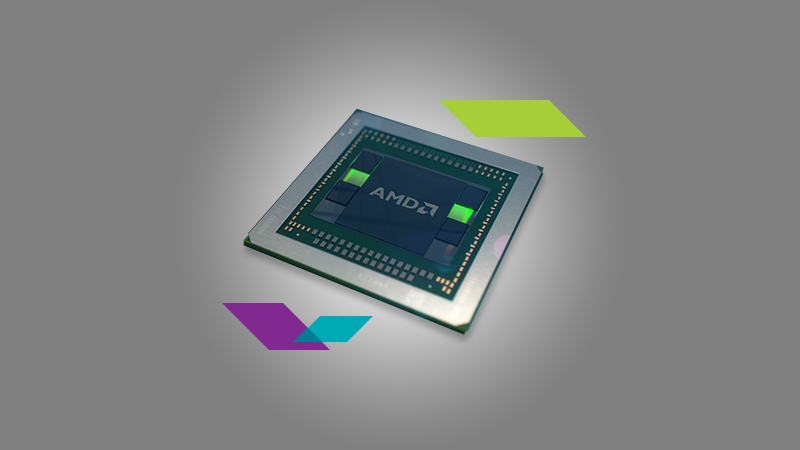The GDDR5X and HDM 2.0 (also known as HBM2) are memory standards for GPU that were approved about a month ago (at the time of writing). The announcement was done only days apart defines the current specifications of modern-day computer rigs. The statement was announced by the JEDEC Solid State Technology Association, and known members are that of Intel, AMD, and Nvidia.
The GDDR5X and HDM 2.0 Aim to Raise the Bar for GPUs
Because of GDDR5X and HDM 2.0, these aim to improve GPUs by making them faster and dispatch more images to users. However, AMD has put its weight behind the latter memory standard, and said company also helped pioneer it. The GPU maker already created HBM, which is the obvious predecessor of the HBM2. They have already placed it in their top-of-the-line graphics cards, which includes the Radeon R9 Fury X. With the use of the HBM, it has replaced the GDDR5 into the company’s GPUs. AMD also plans to replace the standard DRAM with the release of the HBM 2.0. However, this move does not have an exact timelines as of the moment.
Samsung, on the other hand, has already started manufacturing HBM 2.0 modules. Therefore, it places them in the current lead as they ensure a healthy supply of these memory chips. This could even drup up adoption and ultimately bring overall prices down.
Why is HDM 2.0 so revolutionary? It is because it brings heavy changes to the way data moves in graphics chips. This was stated by Nathan Brookwood, a principal analyst at Insight 64. While basic memory modules have remained heavily consistent throughout the decades, boosts and upgrades in performances only meant changes in memory-cell structures and memory interfaces.
With HDM 2.0, the cells are stacked in a 3D format. There are also wider pipes which assists in moving data faster. Brookwood stated that this new memory format will widen the interface instead of increasing the frequency. GDDR5X and HDM2 are seen to set new standards by way of letting GPUs handle memory.
Speaking of the GDDR5X, it is easier for the GDDR5 to transition to the GDDR5X as compared to transitioning from HDM to HDM 2.0. The latter is two times faster than the former. In terms of improvement, the GDDR5X is more of an incremental improvement to its predecessor as it has a redefined memory structure. It also has data rates of 10 gigabits to 14 gigabits per second.
At the time of this article’s writing, it is still unclear how the adoption of the GDDR5X and HDM 2.0 will take place. Nonetheless, users will be expecting to benefit from either memory formats in terms of GPU and system performance when they get implemented.
